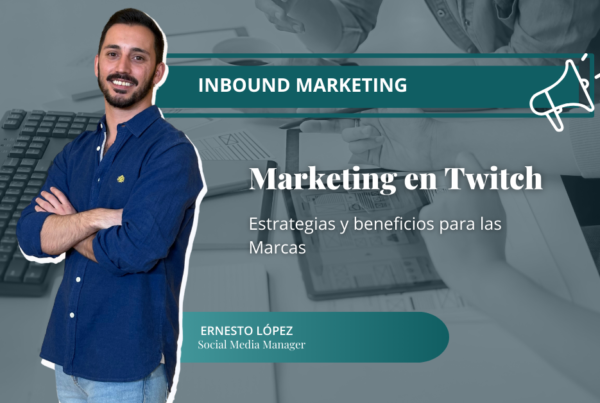Do you really know your ideal customer? I’m going to try to show you that you don’t with a few questions. If you want to create a successful marketing strategy, this is the first thing you should work on.
If I ask you “Who is your target audience?”, would this be your answer?
(I’ll give an example to make it clear. In this case, I’ll use a local business, like an aesthetic clinic, because SMEs often lack these strategies.)
Women aged 35 to 70, with a medium-high purchasing power, living within 1 km of the clinic. As you can see, the target audience is defined by specific factors such as gender, age, purchasing power, among others.
It is very common to stop here, but we can obtain much more valuable information through the ads we have run on Google Ads, Facebook, or Instagram (usually where our buyers are) or simply by analyzing our current followers to see which other pages they like besides ours. This analysis will allow us to answer questions that create a more complete profile of our ideal customer.
Step by step, let’s look at the questions we should ask ourselves:
- Personal: Hobbies, influential people who affect their decisions, what makes them happy, their goals, motivations, most common objections to our product or service, etc.
- Online behavior: What social networks they use, brands they might buy, where they search for information, how often, which reference pages they visit, and when they are online.
- Work behavior: Responsibilities, challenges, main influences, etc.
Now let’s see how we can try to answer these questions:
- From your Facebook Ads account: Go to “Audience Insights”. Then select the “People connected to” section and choose the page you want to analyze. From here, you can analyze patterns: which other pages they like, relationship status, education level, job positions. Note: this works better for pages with significant interaction or followers.
- On Google Ads: Run a display campaign for your target audience. Remember, women aged 35 to 70 in the neighborhood and 2-3 surrounding areas. Let it run for two weeks or a month. Then go to placements to see which ones have the best conversion rate.
- On Google Analytics: Go to Audience/Market Segments. Add a new segment to filter visits with completed conversions. Look for a market segment that potentially converts. If you generate content through a blog, this is where you can determine the age of your ideal customer.
We Have Much More Information than We Think
What I’ve shown you is only 10% of what can be done. There are other networks and many more ways to study your audience. The key takeaway is that the possibilities to understand your ideal customer are almost endless. Spending time studying your ideal customer and defining your strategy allows you to:
- Save: Less resources spent finding them.
- Improve advertising profitability.
Inside and outside the internet, everything comes down to:
- Visibility: Being seen, making yourself reachable. This is a good way to understand how to get noticed.
- Credibility and trust: We all have objections when buying or hiring. That’s why it’s important to equip your website with all the elements that break these barriers. Press appearances, certificates, reviews, etc. I will go into more detail about the latter later.
- And let’s not forget what’s most important to me: User experience. This also deserves its own chapter.
In summary, don’t expect this article to be a step-by-step guide to uncover everything about your ideal customer. The purpose of this post is to broaden your perspective. Understand that there are many possibilities and you should research as much as possible because others (your competitors) are already doing it.
If you urgently want to learn more about social networks, you can always request a quote. It’s free.
If you want to comment or ask a question, do it through the LinkedIn post.



